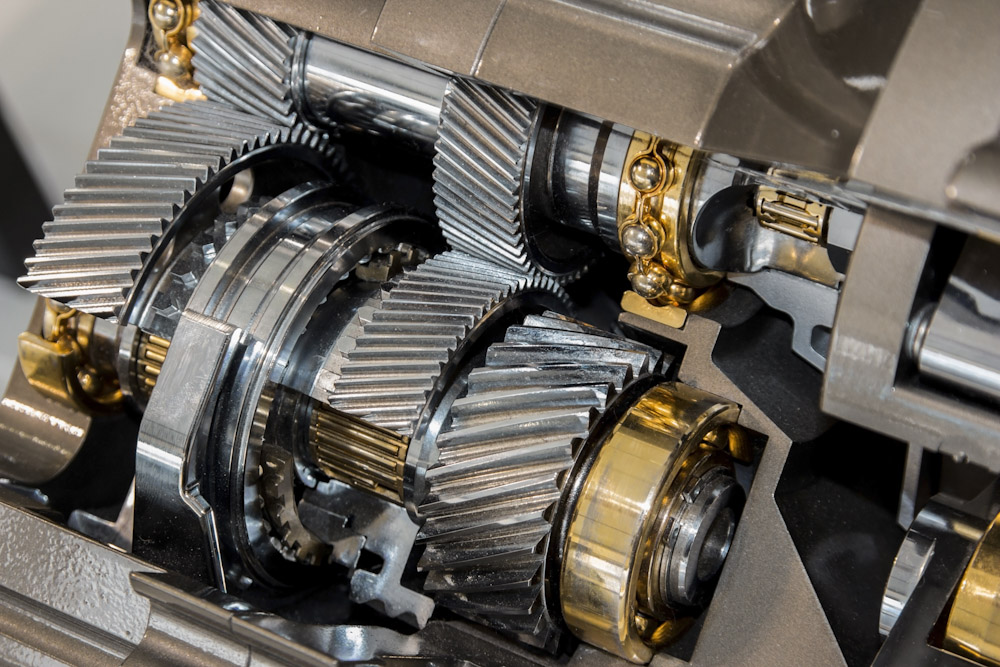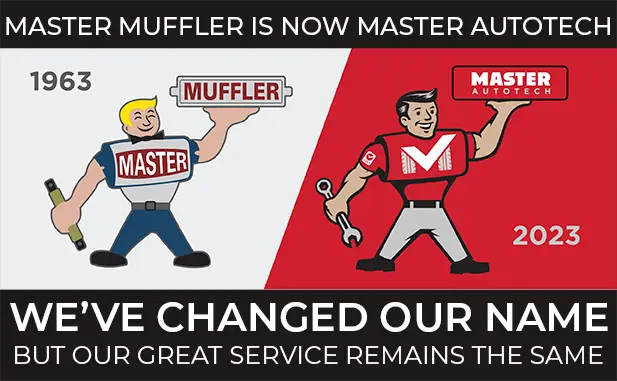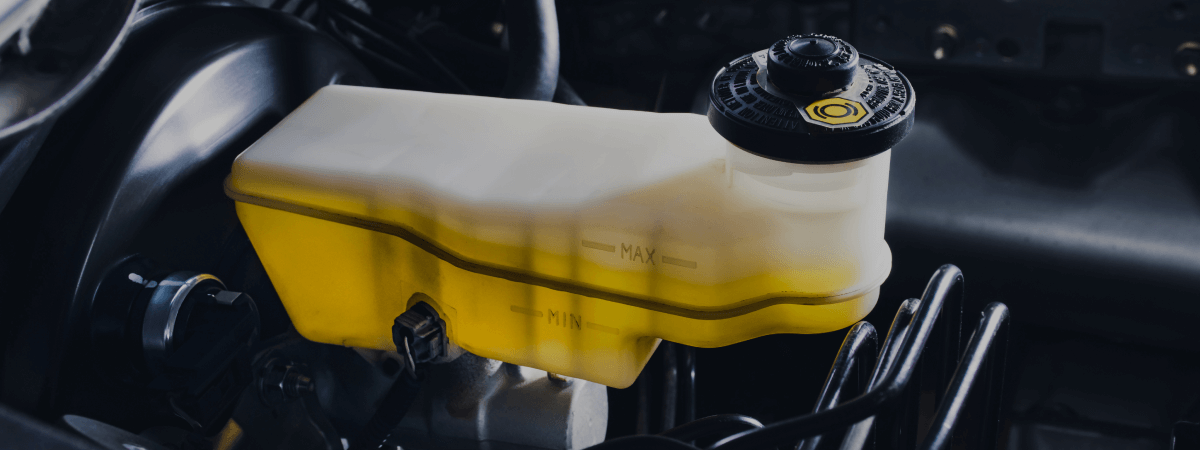
For those who aren’t particularly familiar with automotive lingo or how engines work, the concept of a transmission may be a little befuddling. We’ve all heard the word, but what exactly does it do and what is the difference between an automatic and manual transmission? Which one is better? Well, these are somewhat simple questions to answer, but in order to see the larger picture, we first need to define a couple of key terms.
Torque
Although we often hear this word in an automotive context, it is actually owned by the fields of physics and mechanics. By definition, torque is a moment of force, but not just any force, rotational force. Torque is measured in newton meters and basically establishes a measurement for the amount of force necessary to make something rotate.
Engine Gears
Engine gears determine the amount of power available from the engine. They can be thought of as settings that allow for varying amounts of engine output. Modern engines typically have five or six forward gear ratios and one reverse gear.
What Is the Purpose of a Transmission?
Now when speaking generally about the transmission, the function is as vital as it is simple— to connect the engine to the wheels. The engine goes about its duties creating energy while the transmission funnels that energy, yielding the desired locomotion. Modern transmissions or broken into two large categories, namely manual and automatic transmissions. Let’s talk a little about each.
Manual
A manual transmission, as described above, is a system of gears (or settings) that enables the driver to choose between different gear ratios to drive the car. Lower gear ratios offer more torque but less speed while higher gear ratios provide higher speeds and lower torque.
Manual transmissions consist of a number of shafts, the input of which connects to the engine via the clutch. This allows drivers to manually change gears by operating the gear stick and the clutch.
Automatic
The engine in an automatic vehicle is much the same as that inside a manual vehicle, except the transition between gears is completely automated. When driving a car with an automatic transmission there is no need to worry about a clutch or gear stick as all the work is done for you under the hood.
Which Transmission Is Better?
With regards to transmission types, there are pros and cons to both. Here is a breakdown of some of them:
Manual Car Pros
- More control for the driver
- Provides a hands-on experience
- Cost for manual vehicles is usually lower
- Cost of transmission repair is often lower
Manual Car Cons
- It can be difficult to learn and master
- Driving in traffic can be burdensome
- Not all models offer manual transmission options
- Improper driving can lead to significant wear and damage
Automatic Car Pros
- Simple to drive
- Easy to find as most vehicles have an automatic transmission option
- Gear shifts are smoother and quicker
- Gas mileage is better
Automatic Car Cons
- Often more expensive than manual vehicles
- Repair costs are higher
- Life of transmission could be shorter
Takeaways
At the end of the day, automotive technology is very advanced and both options will satisfy the needs of most any driver. The benefits and pitfalls of either are largely subjective. That being said, automatic transmissions are beginning to perform similarly to manual transmissions as sport modes are enabling drivers to switch gears manually when desired. But whether you decide to drive a manual or an automatic, the important part is making sure it is well-maintained. For more questions about transmission maintenance and repair come visit your Brigham City auto repair experts at Master Muffler Brigham City.
Related Posts
Key Takeaways On average, passenger vehicle tires last 40,000 to 60,000 miles, depending on type, driving habits, and maintenance. Replace tires when tread depth reaches 2/32”, if damaged, or older than 10 years. Regular rotation, alignment, and proper inflation extend tire life. Aggressive driving, poor roads, and harsh weather shorten tire lifespan. Take advantage [...]
When you think about car maintenance, you probably focus on oil changes, tire rotations, and maybe even brake pad replacement. But what about your brake fluid? If you’ve ever wondered, “What does brake fluid do?” or “Why is brake fluid important?”, you’re not alone. Brake fluid might not be the most talked-about part of [...]
Is that high-pitched squeal from your brakes driving you—and everyone else—crazy? Don’t ignore it. Squeaky brakes aren’t just annoying, they’re your car’s way of saying something needs attention. Whether you're cruising through Salt Lake City or winding up Idaho’s mountain passes, here’s what’s likely going on, how you can fix it, and when it [...]





